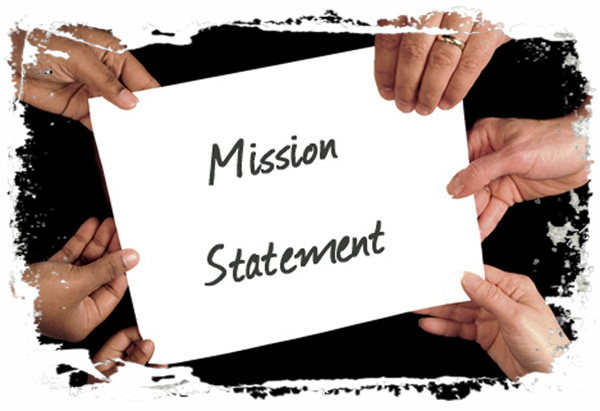Six Steps to Create a Compelling Mission Statement for Your Group
 Every group, whether it’s a ministry team, church, or organization needs a mission. Why are we here? A sense of mission binds people together and helps them be more intentional and strategic in their use of group resources.
Every group, whether it’s a ministry team, church, or organization needs a mission. Why are we here? A sense of mission binds people together and helps them be more intentional and strategic in their use of group resources.
The following is a proven method for helping groups create a dynamic mission statement in 30 minutes or less (the method works best with 3-12 participants, although you can modify it for larger groups):
Step #1 – Describe the current group
Have group members brainstorm on their own three to five adjectives that currently describe the group and write them on separate post-it notes. For example, as I think about ACTS Seminaries where I teach, three adjectives that come to mind are practical, personal and collaborative. This time of individual reflection is important. As group members contribute their personal perceptions to the process, they are much more likely to own the product (i.e. the mission statement) at the end.
Step #2 – Categorize adjectives describing the current group
Working together, group the adjectives into categories. For example, someone in my group describing ACTS Seminaries may have used the word “applied,” which we could place in the same category as my contribution of “practical.” Even as you categorize adjectives, don’t minimize the importance of isolated adjectives. The outliers may have an important role to play later on.
Step #3 – Describe a dream version of the group
Have individual group members think about what they would love their group to be like in five years. Invite them to write down three to five adjectives on post-it notes that describe this dream group. As I think about my seminary, I would love it to be innovative, responsive and context-based. Once again, this is a solo exercise (like step #1), which helps everyone express their voice in a meaningful way.
Step #4 – Categorize the adjectives describing the dream group
Group the new post-it notes into categories. Some may fit into the categories from step #2 while others may lead to the creation of new categories. If an adjective does not seem to fit with any of the other descriptions, allow it to stand by itself as its own category.
Step #5 – Create a mission statement
With the adjectives and categories before you, work together to create a one-sentence mission statement that starts out with, “We exist to…” or “Our passion is to…” One group created this mission statement for ACTS Seminaries: “ACTS exists to be a relevant, biblical training ground that seeks to engage current culture in a progressive, collaborative way.”
Step #6 – Shorten the length of the mission statement
Reduce your one-sentence mission statement to six words or less. You will want to hang on to your longer mission statement, but it’s helpful to have a shorter version that people can remember and readily share with others. For example, the Mennonite Brethren Biblical Seminary captures the essence of its larger mission statement in five words: Lifelong learning for lifelong mission.
If you have a larger group of more than 12 people, I would encourage you to break the group into smaller groups and go through the first five steps. Then, have a representative group made up of people from some or all of the small groups work with the full mission statements to affirm one of them or to combine elements to create a new one. It would be helpful if the emerging mission statement goes back to the larger group for feedback before the representative group comes up with a shorter statement of six words or less (alternatively, you can have the original small groups work on the shorter statements that would go to the representative group for their consideration).
Over the years, I have been amazed at how groups can come up with amazing mission statements in 45 minutes or less. What do you think of this approach? What have you found helpful in creating a group mission statement?
